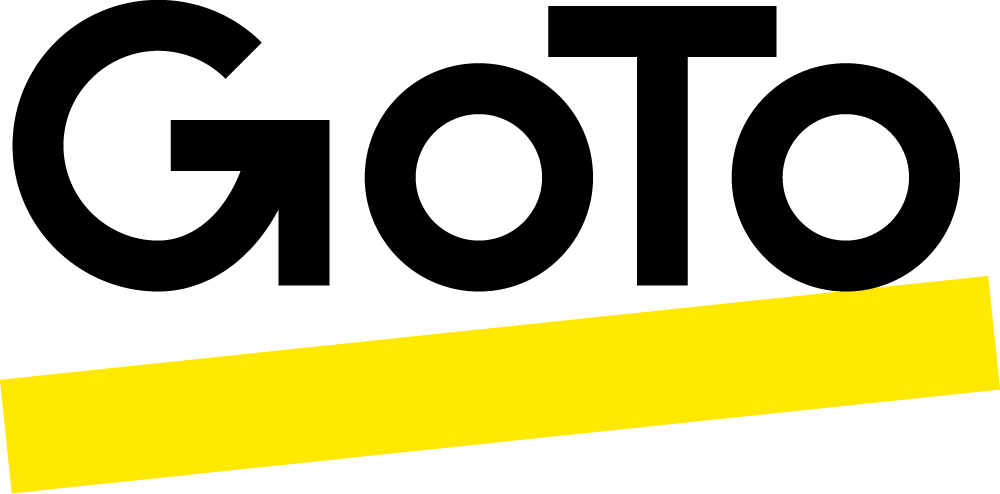If your company uses outdated technology, 90% of millennials said this will negatively affect their opinion of you.
If you’re anxious to hire and work with talented millennials, start by evaluating your company’s technology. Jive Communications surveyed 2,000 millennials (18–34-year-old American adult office workers), and 72% said that fast in-office technology is important. And it’s not expensive and flashy they’re after. Millennials just want technology that will facilitate their mobile work habits and provide opportunities for flex time and working remotely.
Technology that enables mobility
Mobility is key when it comes to office technology. When we asked millennials if they ever take calls at home and check their emails at home, 38% said they do it regularly. Another 36% said they do it occasionally. And it’s not because they feel pressured to do so: 70% of millennials said they felt no pressure or expectations to take calls/check emails outside of the office.
They check their emails and answer calls because they’re used to staying connected while moving around. That’s why it’s in your company’s best interest to invest in technology that facilitates mobility.
Luckily you don’t have to invest in technology for employees to access their emails, which is the primary method of office communication for millennials (73%). However, the next popular method of office communication, the phone (19%), may require a company investment.
There is technology out there, many provided by Hosted VoIP providers, that gives your employees more mobility in taking work calls. For example, with the Jive Mobile app, millennials can answer and text from their business number via their cell phone. This also appeals to millennials because they no longer have to surrender their personal number to get business done while they’re on the go.
Technology that enables remote work
One of the standout results in the Jive Survey was millennials’ keen interest in remote work. We asked our 2,000 participants, “Do you see the ability to work remotely as important in any future role you might apply for?” A majority (63%) said yes. Similarly, many other results in the study show a millennial attraction to flex time.
Here’s the thing, flex time and remote work are only successful and productive when companies offer the appropriate tools. Again, this means investing in technology. That’s because communication for remote workers depends on the reliability and capabilities of your online chat tools, business phones, and video communication.
In talking to 28 experts about managing remote workers, technology was a constant theme. Many of these managers agreed that technology is a key tool if you want to offer a productive remote work option for your employees.
A practical millennial workforce
If you’re worried that you’re going to have to buy the whole Apple store to get millennials to work for you, don’t worry. Millennials aren’t snooty about technology; they’re practical about it. When asked what unmet work conditions would cause them to leave a job, fast in-office technology was only a factor for 21% of respondents. Of course it’s important—72% did say that fast in-office technology is important and/or necessary—but technology is not a deal breaker. So it’s unlikely that a millennial will decline your job offer because you didn’t provide them with a brand-new Macbook.
Technology as part of a larger strategy
It’s important to realize that if you want talented millennials, you need to invest in technology that enables mobility and remote work. This includes smartphone technology, video communication, and chat tools. But don’t forget that technology is just one aspect of a larger strategy in attracting millennial talent. You also need to invest in providing opportunities for progression, facilitating a safe office culture, and instating office policies that prioritize mental and physical health.
For more information on non-technology related millennial attractions, read “Preventing Millennial Turnover in the Workplace” and “Bend Over Backwards for ‘Flex Time.’”







